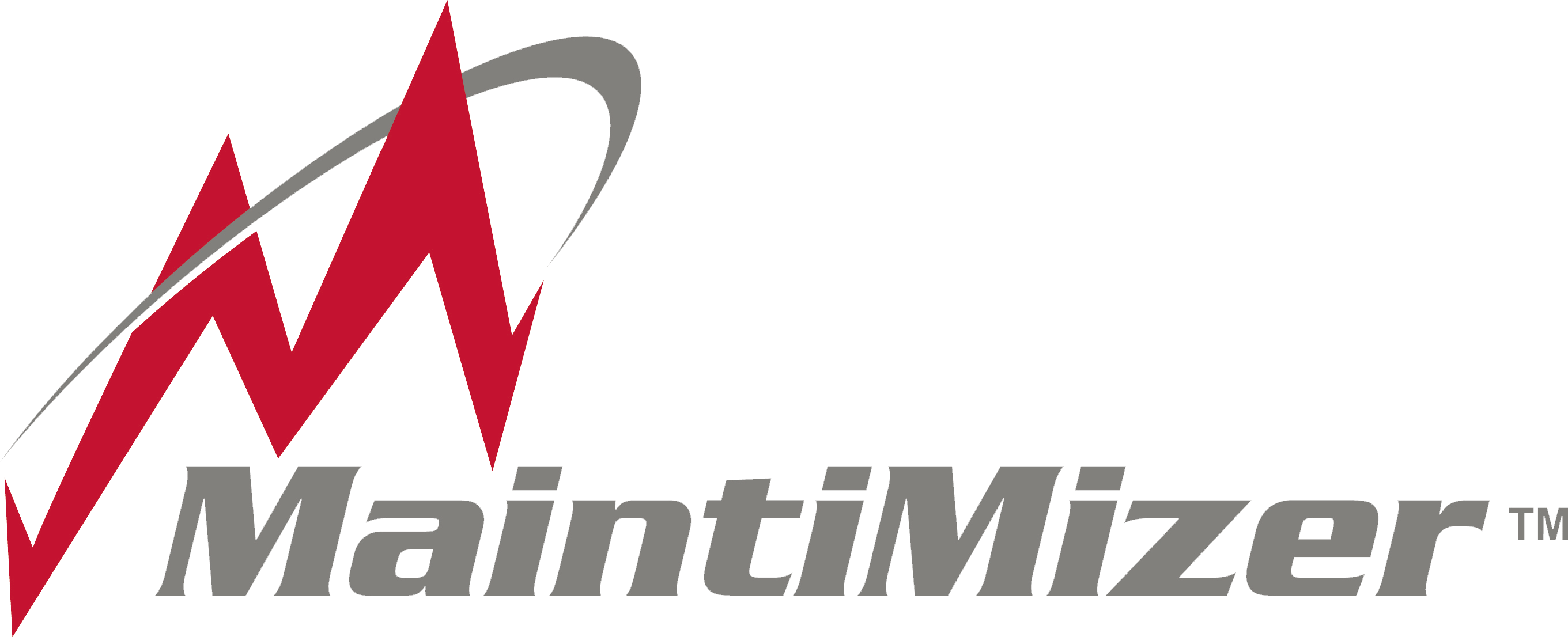“Let’s Stay Together…” There’s no way Al Green meant maintenance technicians and slowing maintenance turnover when he sang his 1972 classic, Let’s Stay Together. But if you employ a maintenance team and know some of your employees are on the way out, you may end up serenading your exiting workforce.
Why? Because turnover in any industry is a huge drain on resources. In fact, some studies suggest that replacing an employee can cost a company 6 to 9 month’s of that position’s salary. Even if you lose an employee who is less than ideal, replacing them is still going to cost time and money. In industries where maintenance technicians are needed most, like Real Estate and Manufacturing, turnover can be at its most frequent.
Manufacturing, one of the industries we work most closely with, reported a turnover rate (or what the Bureau of Labor Statistics calls “separation rate”) of 32.6 percent in 2018. 32.6 percent. Real Estate, another industry that employees a high number of maintenance technicians, clocked in at 35.3 percent.
It’s tough to find a golden number for a healthy turnover rate. We often hear a 10% mark thrown around but it varies from industry to industry. We do know that routinely rehiring a third of your workforce is not healthy, but it is the reality.
There are ways to lower turnover but even if you operate the most stellar company, turnover will still happen. Luckily, we’re here to show you how a CMMS, a staple of high-functioning maintenance teams, can help you get through the inevitable turnover.
A CMMS Tells Your Company’s Story
In a nutshell, a CMMS is a place to store valuable maintenance information. From there, you can track trends, identify issues, and create routines. When you do that, your CMMS software will create a history of all the maintenance tasks performed. One of the biggest losses, when someone leaves a workplace, is the knowledge they take with them. Utilizing a CMMS allows you to store that valuable information. Now, when you replace your maintenance techs, they can pick up where the last guy left off, because all of his tasks we’re notated in the CMMS.
Helps New Employees Become Autonomous
Let’s take inventory, an important aspect of a typical maintenance tech’s job, i.e. “Where’s that freakin’ part located?” Instead of new workers asking old workers where something is located, they can simply refer to the CMMS, which shows exactly where a part, a machine, or a tool is located. This frees up your current employees and empowers your new ones to be more effective workers.
Enforces Standardization
Workers can see all past work requests, work orders, purchase orders, PMs, etc. in a CMMS. Now, a freshly minted employee will be able to reference this past work and compare their current work. This allows, assuming the past work was done correctly, the new employee to adopt the practices of the company in a practical and visual way.
A CMMS is a serious way to transfer tribal knowledge, workplace practices and culture, slow maintenance turnover in a convenient package that just makes your workday easier. So now, with your new workers integrated into your workforce, maybe instead of looking for the exits, they’ll be working away, humming, “Let’s Stay Together…”

